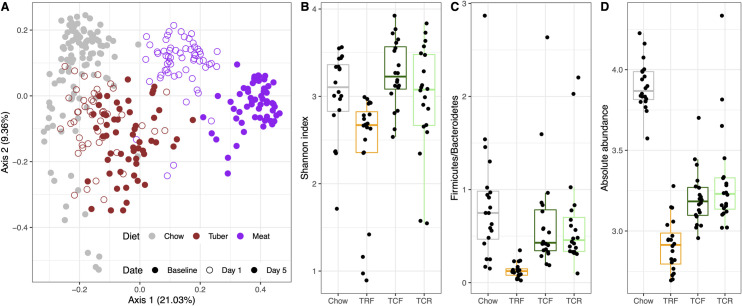Fig 5. SparseDOSSA correctly models the effects of diet and time on the murine gut microbiome by reproducing effects from amplicon sequencing profiles.
A) SparseDOSSA 2 was fitted to subsets of samples from [24] that included up to three time points each from collections of mice fed chow, raw or cooked tubers, and meat. The resulting models were then used to simulate controlled microbial community profiles, which correctly reproduced the beta-diversity structures present in the original study (MDS ordination by Bray-Curtis dissimilarities, corresponding to Fig 1A of [24]). The SparseDOSSA model was also able to model and synthetically replicate changes in "Bacteroidetes" and "Firmicutes" phyla in response to raw vs. cooked diets, including B) overall community alpha-diversity (Shannon index), C) the resulting "Firmicutes" vs. "Bacteroidetes" ratio, and D) overall whole-community effective biomass. These correspond to [24]’s Fig 1F–1H, respectively. TRF = raw tuber (free-fd); TCF = cooked tuber (free-fed); TCR = cooked tuber (restricted ration).

